WHAT I DID OVER MY “SUMMER VACATION” by Dave Allison
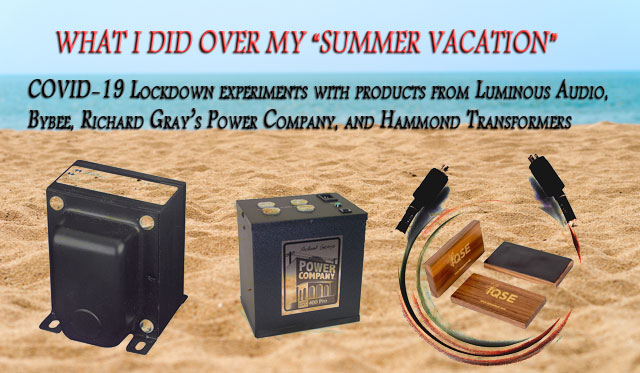
 Early on during the COVID-19 lockdown, I decided to use the extra free time to go entirely through my stereo system: tearing everything apart, cleaning contacts and dusty nooks and crannies, re-routing and optimizing all the system wiring, and going through my closet of inactive equipment and peripherals to determine what might be put back into action or repurposed. What started out as a way to pass the time turned out to be enjoyable, educational, and rewarding.
Early on during the COVID-19 lockdown, I decided to use the extra free time to go entirely through my stereo system: tearing everything apart, cleaning contacts and dusty nooks and crannies, re-routing and optimizing all the system wiring, and going through my closet of inactive equipment and peripherals to determine what might be put back into action or repurposed. What started out as a way to pass the time turned out to be enjoyable, educational, and rewarding.
The optimization of wires probably took the most time. Because I have a bunch of Nordost Qx2 and Qx4 units, a SurgeX surge protector, and a large transformer in my garage powering the entire system, I have a total of 13 power cords in use. I spent hours changing power cord locations to find the best combination by ear.
The number of combinations was daunting, but after probably four weeks of changing AC cords in and out, I arrived at what I heard as the best arrangement. This might sound obsessive (and it is!), but it just confirmed my long-held belief that the AC chain and power cords make a far more significant difference in system sound than interconnects and speaker cables. (In case you’re wondering, I did try some interconnect and speaker cable changes, but went back to my original configuration.)
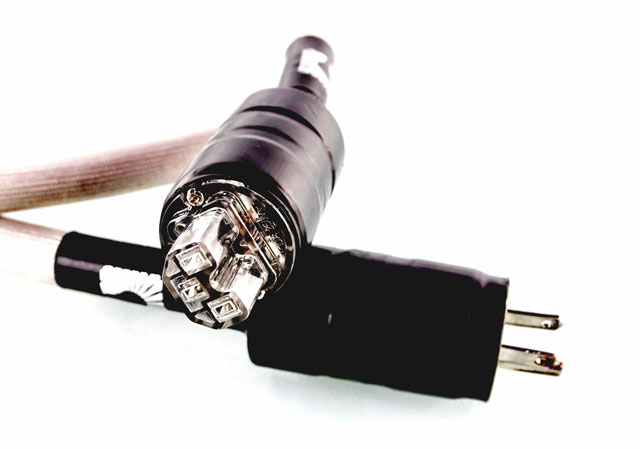
One of the surprises of my power cord-swapping exercise was the Luminous Audio Mega Power Lynx AC cord. I’ve had this cable for well over a decade, but using it is somewhat inconvenient because of the potent magnets built into the terminations at each end, a feature that Tim Stinson at Luminous feels lowers noise and enhances microdynamics. After trying it in many locations, I finally felt that the 9-gauge Mega Power Lynx did the best job feeding my power strip: plenty of oomph, bass, and dynamics that the entire system can benefit from. Add the Luminous Audio Mega Power Lynx ($699/1.5m) to my previous list of AC cord recommendations: Cardas’ Clear Beyond, DH Labs’ Corona and Red Wave, and the JPS Labs Aluminata – still the king, but so very expensive!
While we’re on the subject of Luminous Audio, the next part of my project was to re-explore the use of a passive preamp.
 I hadn’t tried one since the 1990s, mostly because my MBL speakers have a very low sensitivity of 81db/2.83V/meter, and I couldn’t imagine getting any kind of volume from them with a passive pre. But I wanted to experiment, and luckily I found a used Luminous Audio Axiom II with Walker Mod. This true passive preamp was reviewed for Stereo Times by Frank Alles in 2014 (here). The only difference between my unit and Frank’s is that mine has balanced (XLR) connections, which allowed my digital player to output 4 volts (twice the normal voltage) – so no problem getting plenty of volume with a passive. In terms of sound quality, Frank nailed the Axiom II’s virtues. All I’ll add is that if you haven’t tried a passive preamp in a while, and your system can accommodate one, by all means, give the Axiom II a try. Forget the old stories about how passive preamps squash dynamics, diminish bass, etc. It just isn’t so with today’s better parts, construction techniques, and wiring quality.
I hadn’t tried one since the 1990s, mostly because my MBL speakers have a very low sensitivity of 81db/2.83V/meter, and I couldn’t imagine getting any kind of volume from them with a passive pre. But I wanted to experiment, and luckily I found a used Luminous Audio Axiom II with Walker Mod. This true passive preamp was reviewed for Stereo Times by Frank Alles in 2014 (here). The only difference between my unit and Frank’s is that mine has balanced (XLR) connections, which allowed my digital player to output 4 volts (twice the normal voltage) – so no problem getting plenty of volume with a passive. In terms of sound quality, Frank nailed the Axiom II’s virtues. All I’ll add is that if you haven’t tried a passive preamp in a while, and your system can accommodate one, by all means, give the Axiom II a try. Forget the old stories about how passive preamps squash dynamics, diminish bass, etc. It just isn’t so with today’s better parts, construction techniques, and wiring quality.
I also agree with Frank that the Axiom II beats the autoformer preamps I’ve heard. Used in conjunction with short interconnects and proper impedance matching, the Luminous Audio Axiom II with Walker Mod (generally $499 to $999) has become my reference preamp.
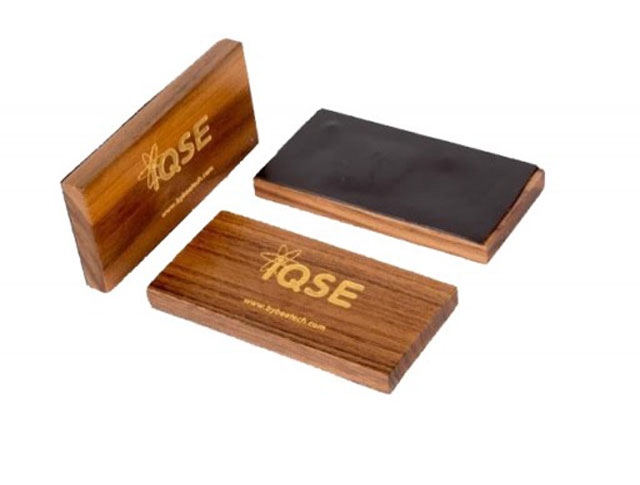
 Next in line for fun tweaking were the newest Bybee Technologies products: the Quantum Signal Enhancer (QSE – $129), the Internal Quantum Signal Enhancer (iQSE – $150), and the Quantum Clarifiers (iQSE II – $100). It was a great way to pass some time, trying these small rectangular wooden blocks at various places in and around my system. If you’re a regular Stereo Times reader, you know that these items have all been reviewed several times here in the past few months, and they all work as advertised, adding the Bybee trademark smoothness and bass clarity. I found the most significant audible improvements came by magnetically mounting the iQSE inside the door of my electrical breaker box and also placing the larger QSE on top of the input and output connectors at my preamp; using the Quantum Clarifiers magnetically mounted on my SurgeX surge protector. (The Clarifiers are supposed to be used inside of speakers, but my MBL 111e’s don’t allow poking fingers inside without a great amount of work.)
Next in line for fun tweaking were the newest Bybee Technologies products: the Quantum Signal Enhancer (QSE – $129), the Internal Quantum Signal Enhancer (iQSE – $150), and the Quantum Clarifiers (iQSE II – $100). It was a great way to pass some time, trying these small rectangular wooden blocks at various places in and around my system. If you’re a regular Stereo Times reader, you know that these items have all been reviewed several times here in the past few months, and they all work as advertised, adding the Bybee trademark smoothness and bass clarity. I found the most significant audible improvements came by magnetically mounting the iQSE inside the door of my electrical breaker box and also placing the larger QSE on top of the input and output connectors at my preamp; using the Quantum Clarifiers magnetically mounted on my SurgeX surge protector. (The Clarifiers are supposed to be used inside of speakers, but my MBL 111e’s don’t allow poking fingers inside without a great amount of work.)
For a relatively few bucks, all of these Bybee goodies will give you hours of tweak time!

Finally, an oldie but a goodie: 20 years ago in Stereo Times, Mike Silverton and others reviewed the Richard Gray’s Power Company 400S (reviewed here), which was at the time a new kind of power conditioner. Rather than the ubiquitous capacitor filtering, the RGPC units used a large inductor or “choke” in parallel with the AC line, storing energy within a magnetic field, expanding and contracting far faster than a capacitor can charge and discharge. The theory is that the inductor and its magnetic field can instantaneously supply the stored energy to the AC line, filling in the gaps when current is needed.
The 400S and its larger siblings were quite controversial in their early years, generating reviews that ranged from raves to negative accounts. But Richard Gray’s Power Company products sold well, and the company is still in business, manufacturing products that are largely the same as the lineup they’ve had for many years, plus a few additions. The 400S (last retail price $799) is now called the RGPC 400 Pro II, which I haven’t tried.
 The RGPC 400S that I’ve had for many years has been used with my video equipment, which has been quite reliable. But I was curious to know what, after all this time, it would do for my audio system. At the same time, ST’s Stephen Yan and Clement Perry had discovered the Frank Acoustics products, which appear to do what the 400S does, but on a much grander scale. In his Frank Acoustics PB15000 review, Clement said: “The problem with the Richard Gray Power Company device was that, although it delivered better dynamics, ease, and power to my system, as my tastes evolved over the years to favor a more transparent presentation, I could detect colorations that I suspected were coming from the RGPC.” Both CP and Stephen Yan say that there are no such issues with the Frank Acoustics products. I had to see for myself – the 400S went into my stereo system, feeding power to line-level components.
The RGPC 400S that I’ve had for many years has been used with my video equipment, which has been quite reliable. But I was curious to know what, after all this time, it would do for my audio system. At the same time, ST’s Stephen Yan and Clement Perry had discovered the Frank Acoustics products, which appear to do what the 400S does, but on a much grander scale. In his Frank Acoustics PB15000 review, Clement said: “The problem with the Richard Gray Power Company device was that, although it delivered better dynamics, ease, and power to my system, as my tastes evolved over the years to favor a more transparent presentation, I could detect colorations that I suspected were coming from the RGPC.” Both CP and Stephen Yan say that there are no such issues with the Frank Acoustics products. I had to see for myself – the 400S went into my stereo system, feeding power to line-level components.
Clement was right: There were subtle improvements in “drive,” as if the system was a bit more robust.
But it also seemed that there was a grayish coloration to everything I played – only by comparison to my current AC conditioning setup. But here’s something I didn’t expect: the 400S sounded better in the system when nothing was plugged into it, i.e., using it strictly as a parallel device like the Frank Acoustics. Then I went back through the original manual for the 400S. It made several mentions of the advantages of having a second 400S plugged into the first unit.
Hmmm. I remembered a decade-old thread on Audio Asylum in the Tweaks/DIY section called the Hammond Choke. It chronicled a number of Asylum members’ adventures with a large inductor across their AC lines. Here’s a link, but there are hundreds of others going back to about 2007. (here)
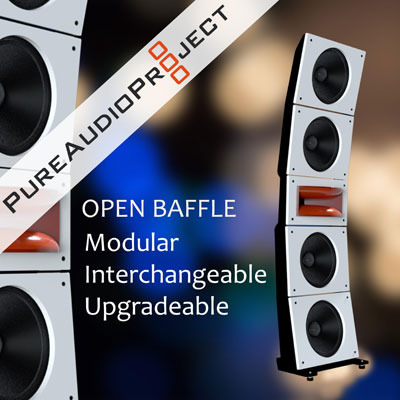 Hammond Manufacturing is a Canadian company specializing in electronics enclosures, cabinets, ac power distribution, transformers, and chokes. The model in question is the Hammond 193L, whose specs are perfect for a parallel AC connection. I ordered one ($70 to $100 or so on Amazon, Parts Connexion, etc.), soldered it to a suitable quality power cord (including the ground wire attached to the chassis of the choke after scratching the paint off), and plugged it into the Richard Gray 400S, which was already plugged into the line that feeds all of my equipment. Were two better than one?
Hammond Manufacturing is a Canadian company specializing in electronics enclosures, cabinets, ac power distribution, transformers, and chokes. The model in question is the Hammond 193L, whose specs are perfect for a parallel AC connection. I ordered one ($70 to $100 or so on Amazon, Parts Connexion, etc.), soldered it to a suitable quality power cord (including the ground wire attached to the chassis of the choke after scratching the paint off), and plugged it into the Richard Gray 400S, which was already plugged into the line that feeds all of my equipment. Were two better than one?
Bingo! All of the qualities that were subtle with the RGPC became strikingly obvious with the two in parallel. Now it really did sound like I bought a better amp with tighter, more driving bass. Overall dynamics were better, and I noted an increase in instrument/voice dimensionality: the sense of that third dimension that is often elusive in every day (non-audiophile) recordings. The good news for you is that you don’t need a Richard Gray 400S and a Hammond choke. Get two Hammond 193L’s and connect them in parallel to feed your system. Although the RGPC unit is undoubtedly optimized for AV use, they are virtually the same thing, while the Hammond is simply a choke.
It’s worth mentioning that Richard Gray’s Power Company, Luminous Audio, Bybee Technologies, and Hammond Manufacturing have been around for a long time. Just because something is shiny and new doesn’t make it better. We audiophiles tend to forget the things that turned us on only a few months ago. Perhaps this was the most important thing I learned during these projects.
I’ll close this piece with a somewhat guilty confession: I’ve talked to a lot of friends and acquaintances about being sequestered over these past months. Most have told me in no uncertain terms that it’s driving them nuts. But I have to admit that I’ve had no such feelings; I’ve enjoyed the time I’ve had to do these projects. The results have given me a sense of accomplishment and an overall improvement in my system and listening experience. Hopefully, I’ve given you an idea or two about spending some of your free time on low-cost tweaks for your system.
Stay Healthy!


dave allison
www.richardgrayspowercompany.com
www.hammfg.com/electronics/transformers/choke
Dave Allison’s associated equipment:
Universal Player: Oppo UDP-205 with Upgrade Company Signature upgrade
Preamp: Luminous Audio Axiom II with Walker Mod, Classe CP-700
Power Amp: Classe CA-301
Speakers: mbl 111e
Interconnects: Audioquest Earth
Speaker cables: Homegrown Audio X32 silver
Power cables: JPS Aluminata, Cardas Clear Beyond, DH Labs Red Wave and Corona, Luminous Audio Mega Power Lynx
Grounding: Entreq Minimus, Tellus, Silver Tellus, various Entreq cables and Entreq K2/Everest
AC conditioning: Silver Circle Audio PurePower One 5.0, MIT Z-Stabilizer, Richard Gray’s RPGC 400S, Hammond 193L choke, SurgeX SA-20 surge protector
Quantum AC devices: Nordost Qb4, Qx4, Qx2, Qv2
Accessories: AudioPrism and homemade parallel AC capacitance, various Audio Magic and Acoustic Revive devices
Stereo Times Masthead
Publisher/Founder
Clement Perry
Editor
Dave Thomas
Senior Editors
Frank Alles, Mike Girardi, Russell Lichter, Terry London, Moreno Mitchell, Paul Szabady, Bill Wells, Mike Wright, and Stephen Yan,
Current Contributors
David Abramson, Tim Barrall, Dave Allison, Ron Cook, Lewis Dardick, John Hoffman, Dan Secula, Don Shaulis, Greg Simmons, Eric Teh, Greg Voth, Richard Willie, Ed Van Winkle, Rob Dockery, Richard Doran, and Daveed Turek
Site Management Clement Perry
Ad Designer: Martin Perry


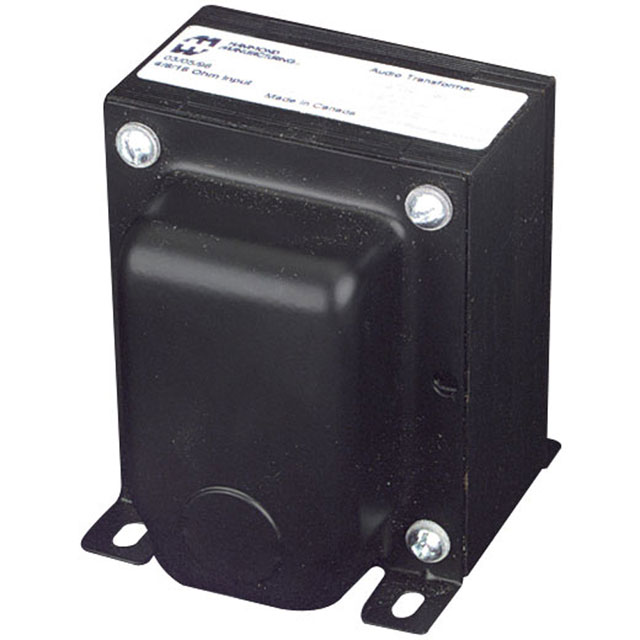




Be the first to comment on: WHAT I DID OVER MY “SUMMER VACATION” by Dave Allison